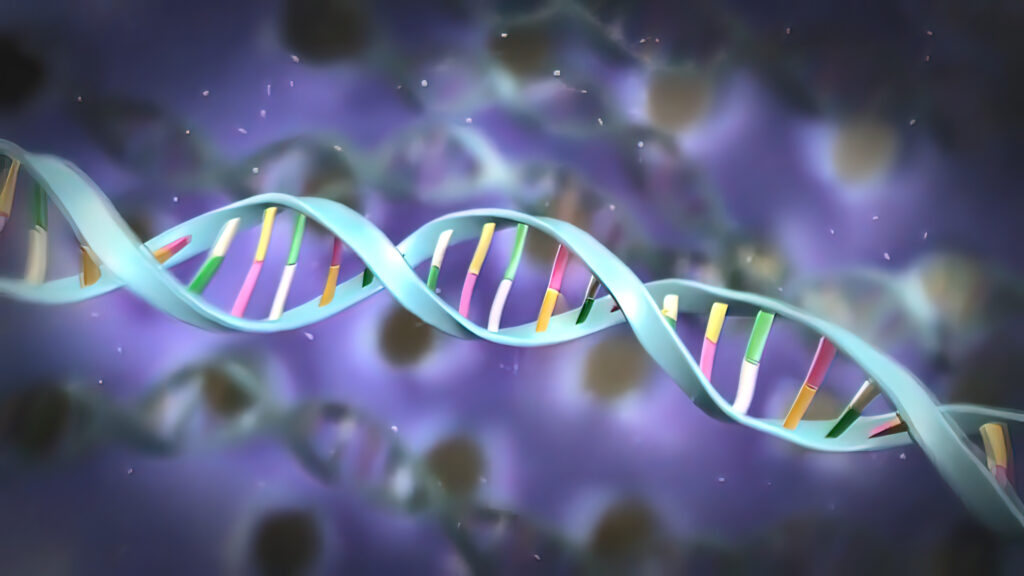United States – Researchers have pinpointed the genetic component that is liable for a really sluggish, progressive motor dysfunction, as reported by HealthDay.
Genetic Basis of Spinocerebellar Ataxia 4 (SCA4)
An extremely rare form of a gene that can go on causing serotonin and catecholamine overdoses in dopamine neurons of spinocerebellar ataxia 4 (SCA4) patients has been found by researchers.
When muscles are weakened and coordination becomes a problem, patients manifest jerky and unsteady walking, and they struggle with word formation, according to the National Institutes of Health (NIH).
Besides that, the disease results in a loss of ability to feel in the extremities of the body- hands and feet- not only but also reflexes, the NIH adds.
Impacts of SCA4 on Patients
SCA4 is considered to be untreatable because there is no known cure. Besides, there was no known cause, researchers claimed.
SCA4’s mode of inheritance clearly indicates that the disorder is genetic, but scientists have been puzzled for 25 years about the exact genetics behind the disease.
Now, employing the latest sophisticated sequencing technology in Utah families to assess genetics, the researchers identified a huge piece of the ZFHX3 gene that is too long. This piece of genetics possesses an unusually long string of repetitive DNA.
Genetic Clues Point
Cells with ZFHX3 in extra-long form have a tendency for illness. This futile recycling of proteins occurs on them, and some have gathered up clumps of stuck-together proteins.
“This mutation is a toxic expanded repeat, and we think that it actually jams up how a cell deals with unfolded or misfolded proteins,” said senior researcher Dr. Stefan Pulst, chair of neurology at the University of Utah School of Medicine.
Proteins in healthy cells have to be decomposed to those that are no longer doing their job. The researchers found that the SCA4-causing mutation blocked the ‘garbage controls’ of the cells’ protein recycling factory.
The study that appeared in the journal Nature Genetics on the 29th of April of this year was a newly conducted one.
The primary reason for SCA4 etiology is the first step towards treatment, explained Pulst.
Progress Towards Effective Therapies

“The only step to really improve the life of patients with inherited disease is to find out the primary cause,” Pulst said in a university news release. “We now can attack the effects of this mutation potentially at multiple levels.”
For instance, researchers found that a similar scenario involving the transformation of proteins not being recycled also occurs in another disease (SCA2).
An actual therapy for SCA2 is being tested at the period, and even though its initial results are promising, there is a chance that it might not work for SCA4.
Impact on Patient Care and Family Members
Individuals in families with SCA4 can also test for the existence of the exact genetic alteration that may help them prepare for the onset the mutation disease, stated the lead researcher Pattie Figueroa, the project manager in neurology at the University of Utah School of Medicine, as reported by HealthDay.
“They can come and get tested, and they can have an answer, for better or for worse,” Figueroa said.
“I’ve been working on SCA4 directly since 2010 when the first family approached me, and once you go to their homes and get to know them, they’re no longer the number on the DNA vial,” Figueroa added. “These are people you see every day… You can’t walk away. This is not just science. This is somebody’s life.”










Leave a Reply